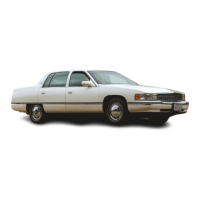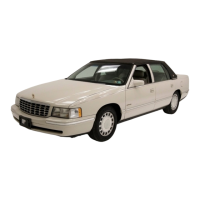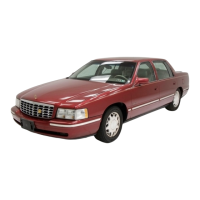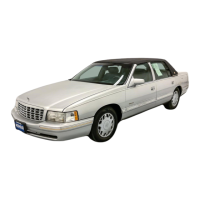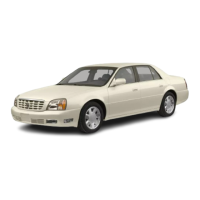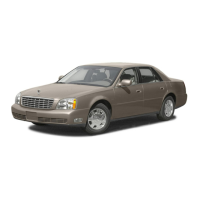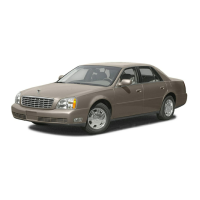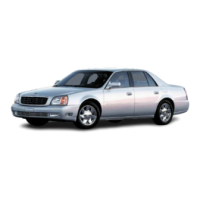f
f
r
I
r
r
r
?ressures to those listed on the Tire-Loading
[nformation label.
NOTICE:
Don’t let anyone tell
you
that underinflation
or
overinflation
is
all right. It’s not.
If
your tires
don’t have enough air (underinflation),
you
can
get the following:
,
Too much flexing
Too
much heat
Tire overloading
Bad wear
Bad handling
Bad
fuel
economy.
If
your tires have too much
air
(overinflation),
you
can get the following:
Unusual wear
Bad handling
Needless damage from road hazards.
i
Rough
ride
When
to
Check
Check your tires once a month or more.
Don’t forget your compact spare tire. It should be
at
60
psi
(420
Wa).
How
to Check
Use a good quality pocket-type gage to check tire
pressure. You can’t tell
if
your tires are properly inflated
simply by
looking
at them. Radial tires may look
properly inflated even when they’re underinflated.
Be sure to put the valve caps back on the valve stems.
They help prevent leaks by keeping out dirt and moisture.
Tire
Inspection and Rotation
Tires should
be
inspected every
6,000
to
8,000
miles
(10
OOO
to
13
000
km)
for any signs
of
unusual wear.
If unusual wear is present, rotate your tires as soon
as
possible
and
check wheel alignment.
Also
check for
damaged tires
or
wheels. See “When It’s Time for New
Tires” and “Wheel Replacement” later
in
this
section
for
more information.
6-37
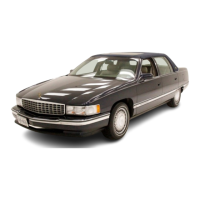
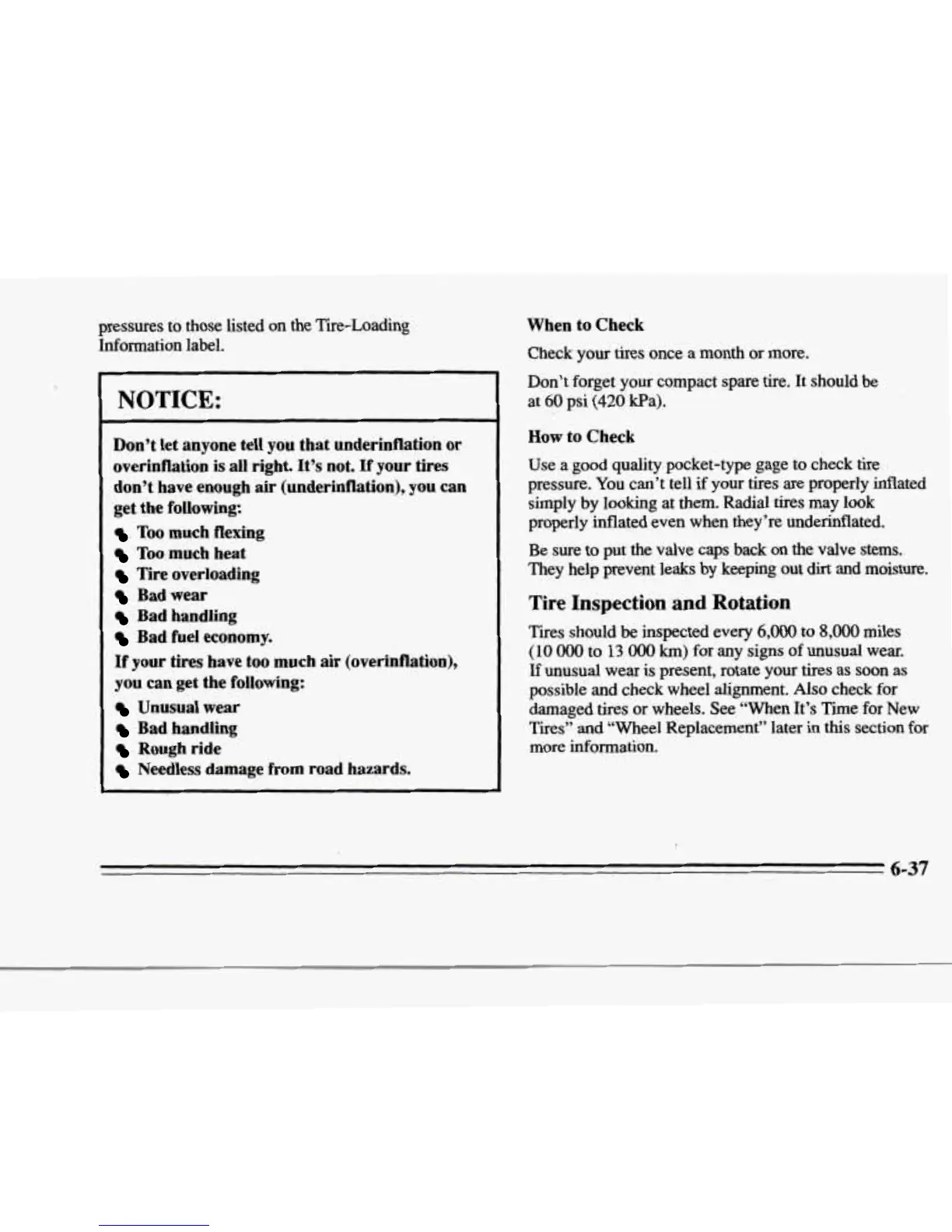